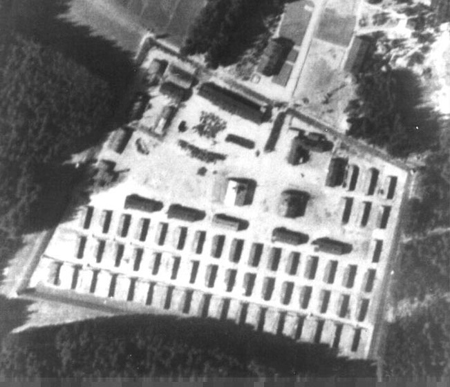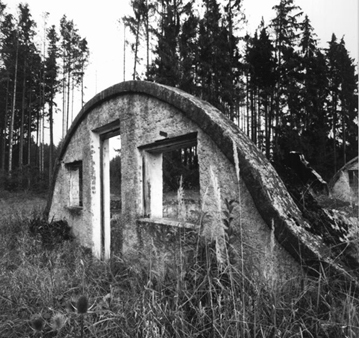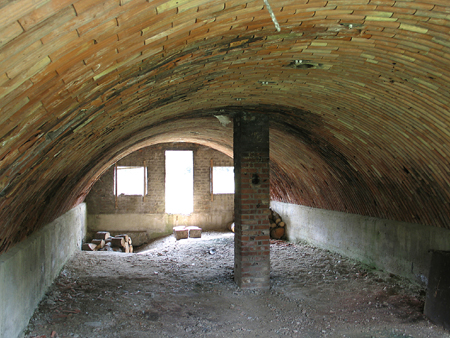| |
After the construction of the concentration camp Kaufering VII by the organization Todt (OT) it was taken over by the SS in September 1944 and the first prisoners arrived in the Kaufering VII camp. ln 55 earth huts and six clay tube buildings, up to 2,000 men and 272 women were accommodated in separate quarters.
The internees of this camp were survivors of the concentration camp Auschwitz, different ghettos in Lithuania and the ghetto in Warsaw : they were Jews from all European countries.
lrrespective of their age and gender, the prisoners were forced to perform construction work on the bunker, but also at adjoining sites, such as the precast concrete plant Held & Francke (Codename Erich) and on a segment of the railway line.
ln January 1945, Kaufering VII was turned into an infirmary camp. The SS transferred prisoners who were frail, ill, or no Ionger capable of work from the other camps of the Kaufering complex. Care for the sick was not an option and so the number of dead rose dramatically. The camp was placed under quarantine because of a typhus epidemic. Around 2,000 dead from Kaufering VII were buried in mass graves nearby.
At the end of April 1945, the SS evacuated the camp as American troops approached. With crude violence the SS forced thousands of prisoners on a march (death march) to Dachau, Allach, an then southward.
After the war, German expellees and refugees from the East were quartered in the SS barracks and in some clay tube buildings.They lived here until the middle of the 1960s.
|
|
 |
Aerial view, April 1945 |
|
 |
 |
Ruin of a clay tube building |
Interrior of a clay tube building, 2013 |
|
|

